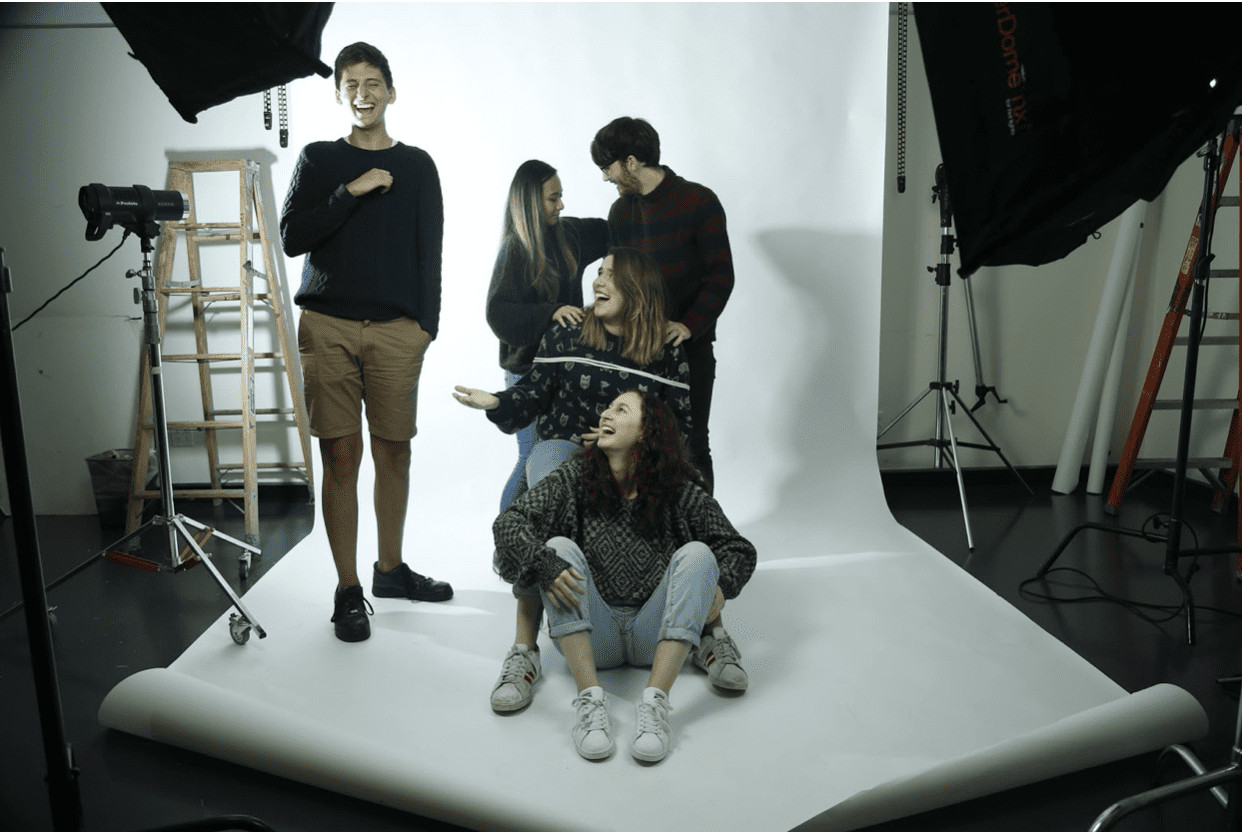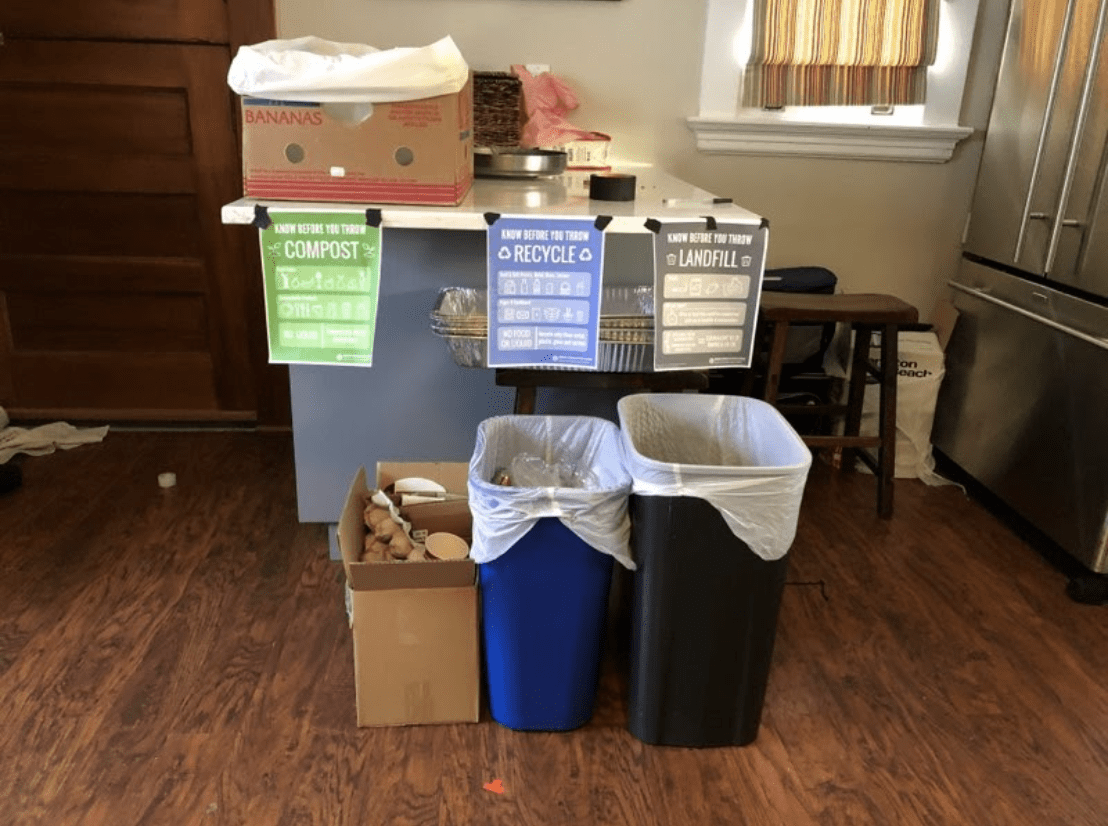 Sustainability in Tisch Film Productions was focused on discovering and creating a guide for Tisch Film students to use to make their film sets sustainable. As the Executive Producer of Mary and the Mob, an Advanced Television Pilot that was filmed in the Fall of 2018, it was my goal along with Bradley Sachs, the Sustainability Supervisor and Vanneeda Keowmang, the Sustainability Producer, to create a fully sustainable set. The end objective was to not only create our own sustainable set, but to create a documentary and guide that provided students with an easy-to-follow outline on how to make their own sets sustainable. Before encountering this project, we found that there was no guide for a set of our scale as larger scale sets in the industry are slowly implementing the practices themselves.
Sustainability in Tisch Film Productions was focused on discovering and creating a guide for Tisch Film students to use to make their film sets sustainable. As the Executive Producer of Mary and the Mob, an Advanced Television Pilot that was filmed in the Fall of 2018, it was my goal along with Bradley Sachs, the Sustainability Supervisor and Vanneeda Keowmang, the Sustainability Producer, to create a fully sustainable set. The end objective was to not only create our own sustainable set, but to create a documentary and guide that provided students with an easy-to-follow outline on how to make their own sets sustainable. Before encountering this project, we found that there was no guide for a set of our scale as larger scale sets in the industry are slowly implementing the practices themselves.
Since this is such a new endeavor, Brad, who was studying at Skidmore College at the time, drove down for our production weekends and acted as the Sustainability Supervisor on set. We followed the Producers Guild of America’s guide for sustainability and applied it to a smaller scale using signs to label trash/recyclables/compost, distributing water bottles, consistently calculating our carbon footprint, educating the cast and crew on sustainable practices, and much more. After taking surveys from participating crew members, there was 100% positive feedback regarding the sustainable practices being noticed on set and wanting them to be applied on future sets.
 Overall, we found that its not that the practices are hard, but it adds on extra work to an already limited size and limited resource crew since we are all students relying on one another. As a producer, I was able to learn so much about how sustainability practices can be implemented on sets and into my daily life. A simple switch of providing reusable water bottles on set versus having plastic water bottles saves money, raises moral, and lowers the overall carbon footprint of the production. Other ways sets can become sustainable are cooking food for the cast and crew, reusing or renting props and wardrobe, and donating any excess materials.
Overall, we found that its not that the practices are hard, but it adds on extra work to an already limited size and limited resource crew since we are all students relying on one another. As a producer, I was able to learn so much about how sustainability practices can be implemented on sets and into my daily life. A simple switch of providing reusable water bottles on set versus having plastic water bottles saves money, raises moral, and lowers the overall carbon footprint of the production. Other ways sets can become sustainable are cooking food for the cast and crew, reusing or renting props and wardrobe, and donating any excess materials.
Since the completion of the documentary and guide, Brad and I have gone to several advanced and intermediate production courses that are entering production in the next few months and addressing any questions or concerns regarding sustainability on their own sets. It has been a really great learning opportunity for me to reevaluate my own impact. I’ve found that the best way to be sustainable is applying as many practices as possible that are feasible with the resources you currently have. While not every set is going to be completely sustainable, it is so refreshing to see that more and more students are applying these practices into each set and carrying them with them into the industry.
NYU Green Grants are awarded to improve the university’s operational environmental performance, foster environmental literacy and community engagement, advance applied research and design, and demonstrate the viability of best practices and technologies for sustainability. The Green Grants Selection Committee awards up to $20,000 for the most feasible, impactful, and innovative projects that have potential for institutionalization on campus or are self-sustaining.
